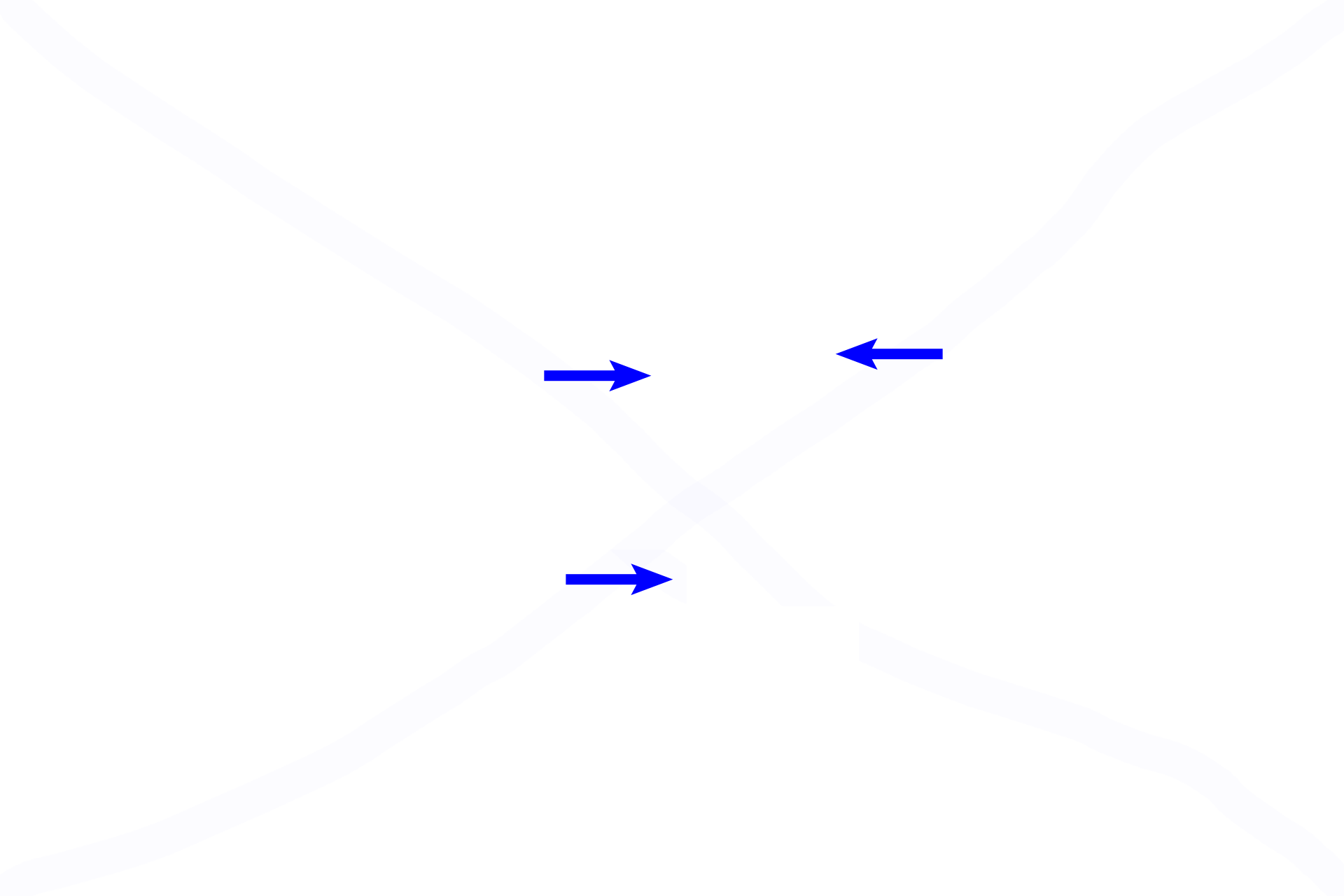
Bone: Interstitial lamellae
Bone resorption does not follow the course of existing osteons but assumes a random path. Osteoclasts erode through portions of multiple osteons as they progress, leaving remnants of osteons behind. In this image, if resorption were to stop now and an osteon replace this resorption canal, partial osteons would remain, forming interstitial lamellae. 400x

Resorption canal
Bone resorption does not follow the course of existing osteons. Rather, osteoclasts erode through portions of multiple osteons as they progress, leaving remnants of osteons as they do so. If resorption were to stop now and an osteon replace this resorption canal, these partial osteons would remain, forming interstitial lamellae. 400x

Osteoclasts
Bone resorption does not follow the course of existing osteons. Rather, osteoclasts erode through portions of multiple osteons as they progress, leaving remnants of osteons as they do so. If resorption were to stop now and an osteon replace this resorption canal, these partial osteons would remain, forming interstitial lamellae. 400x

Blood vessels
Bone resorption does not follow the course of existing osteons. Rather, osteoclasts erode through portions of multiple osteons as they progress, leaving remnants of osteons as they do so. If resorption were to stop now and an osteon replace this resorption canal, these partial osteons would remain, forming interstitial lamellae. 400x

Interstitial lamellae
Bone resorption does not follow the course of existing osteons. Rather, osteoclasts erode through portions of multiple osteons as they progress, leaving remnants of osteons as they do so. If resorption were to stop now and an osteon replace this resorption canal, these partial osteons would remain, forming interstitial lamellae. 400x